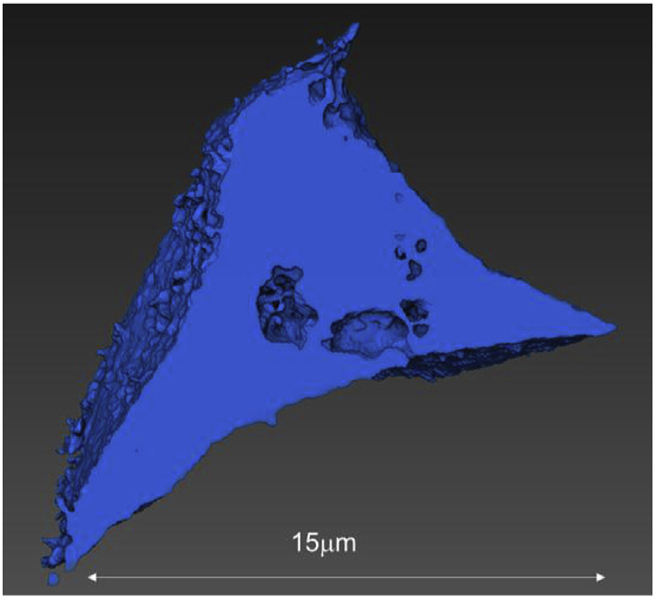
When the carbon being dated is not what you think it is: Insights from phytolith carbon research
- Post by: Doris Barboni
- September 14, 2018
- Comments off
Guaciara M. Santos, Armand Masion, Anne Alexandre, 2018. When the carbon being dated is not what you think it is: Insights from phytolith carbon research. Quaternary Science Reviews 197 (2018) 162-174.
https://doi.org/10.1016/j.quascirev.2018.08.007
During phytolith formation, a small amount of carbon (C) can become occluded in the siliceous structure (<1% of the phytolith dry weight). Since the major process by which plants fix carbon is photosynthesis, researchers assumed that the carbon occluded in phytoliths (phytC) must reflect the atmosphere’s CO2 value at the time when the plant was growing. This assumption underlies radiocarbon dating of phytC for archaeological reconstructions as well as the idea that phytolith sequester a significant amount of carbon from the atmosphere. Nevertheless, systematic investigation of literature data led us to question the assumption that phytC comes exclusively from photosynthetic pathway.
We launched a comprehensive study on phytC and its molecular makeup. We also evaluated phytolith structure, cavities and porosity levels among other features. Through below- and above-ground C manipulation experiments, we showed that a proportion of phytC is from soil-C acquired by the plant trough their roots during nitrogen (N) acquisition. Since soil-C is part of a carbon continuum with multiple organic compounds, it makes phytC a heterogeneous pool of carbon with a large array of 14C ages of distinct oxidation-resistance. This fact precludes its use as a dating tool in archaeology and diminishes its atmospheric sequestration impact.
In order to give a broader view of these issues, and to address speculative explanations for the skewed phytC 14C data in the literature, we summed our findings in a review and link those to information on N uptake by plants, C-N transport in plant cells, and Si-cell molecular formation.
Three-dimension reconstruction of a grass short cell phytolith structure using micro-scale X-ray imaging and the software XMReconstructor. It shows internal cavities connected to the outside.


